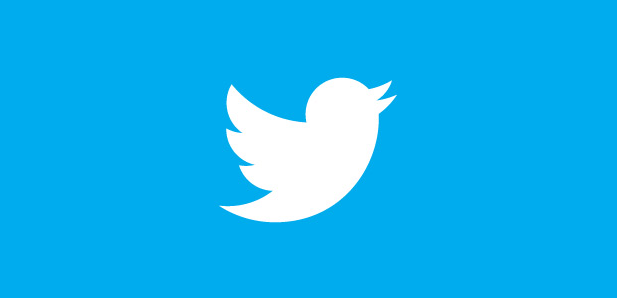We’ve written recently about the growing chorus of critics calling for Twitter to move from an ad-supported business model to a subscription-based model. And also of Twitter’s recent moves to hire engineers to work on a subscription product, code-named Gryphon.
Last week’s Q2 earnings results poured gasoline on this fire. Twitter’s ad revenues declined by 23% while its user base grew by 34%. This means that Twitter is not just seeing its revenues decline, but it can’t monetize a growing user base. Twitter’s bigger rivals Google and Facebook report earnings this week. It will be interesting to see if they report ad revenue declines. However, no one believes Twitter is better equipped to compete for ad dollars than those two behemoths. Even Snap, while disappointing investors, produced a 17% jump in Q2 revenue.
These results will likely embolden those calling on Twitter to change its business model. They will argue that Twitter lacks the scale to compete with the true giants of online advertising — Google, Facebook, and Amazon. Moving to a subscription model, on the other hand, would enable Twitter to monetize its users more efficiently and would allow it to opt-out of competition for ad revenue that it appears unable to win.
New Product of New Business Model?
In a recent article in Business Insider, for example, Prof. Scott Galloway, a noted Twitter critic, predicted the micro-blogging platform would move to a subscription model to escape the trap of having to achieve the scale needed to compete in the ad-supported world. He offered this idea as a possible business model pivot.
“Their opportunity is to acquire distressed media properties, go vertical, and move to a subscription model. Subscription fees should be based on the number of followers. If @kyliejenner can garner $430,000 per promoted tweet, she’ll pay $10,000 a month to maintain her revenue stream, and @karaswisher (1.3 million followers) would pay $250 a month. Verified accounts with <2,000 followers would remain free to maintain critical mass.”
Twitter CEO Jack Dorsey actually addressed the subscription issue on last week’s earnings call. Dorsey said a “small team” is working on the project. And that there would be some tests this year. However, he discussed subscription more as a new product than as a new business model.
“We want to make sure that any new line of revenue is complementary to our advertising business,” he said, in response to an analyst question. “We do think there’s a world where subscription is complementary. We think there’s a world where commerce is complementary. You can imagine work around helping people manage paywalls as well, that we believe is complementary.”
A Closer Look at Twitter’s Q2
Twitter’s total Q2 revenues were down by 19% in Q2 (18% at constant currency) to 683 million. Advertising revenues were down 23% year over year (22% at constant currency) to $562 million. The company grew its data licensing business by 6% to $121 million.
Twitter’s audience grew substantially, however. Monetizable daily average users grew 34% year on year in Q2 to 186 million. While this is a positive metric on one level, it also cats the drop in ad revenue in a more negative light. While total ad engagements on Twitter grew by 3% in Q2, cost per engagement declined by 25%. The glass half full view might be that Twitter ads are a good deal. The glass-half-empty view is that Twitter’s inability to monetize a growing audience suggests it is falling out of contention for ad dollars versus its chief competitors. Which again fuels talk of a business model change.
Related Localogy Coverage





One Response